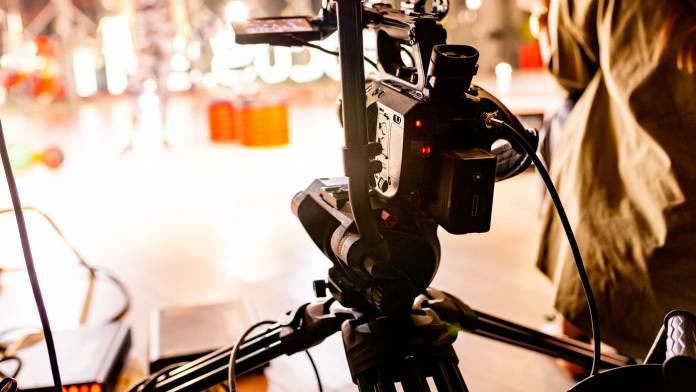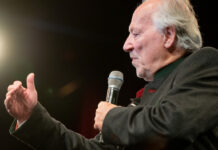So you want to be a documentary filmmaker? Do you think you know how to make a documentary? My first tip would be to tell you don’t do it unless you have a lot of patience and drive.
Documentary filmmaking is truly a labor of passion and perseverance. Most docs take anywhere from two to five years to complete; you have to be very gritty even to see a doc film through. Also, do not expect to get rich off of doc filmmaking either.
If you are still interested in how to make a documentary after reading this intro, then let’s start with this more positive tip. My advice for documentaries is the same for life, establish empathy.
To establish empathy, you have to know how to tell a story. Let us look at some basic storytelling foundations and how you can incorporate them into your documentary. In this article, we will go over everything you need to know about how to make a documentary.
Finding the story
Establishing a narrative arc in non-fiction film can be a bit more complicated than your traditional Hollywood flick, but it is just a matter of knowing what to look for and how to arrange it.
The goal is ideally to create some emotion, and having conflict in your story can often bring you closer to that goal. Often finding conflict in your documentary story can be hit or miss, so let’s focus on the narrative structure and some resources to learn more about it.
A few authors I suggest you familiarize yourself with before making a documentary film are Michael Hauge, John Yorke and KM Weiland.
These authors have broken down story to a precise formula, and once you know the formula, you are free to experiment as a filmmaker with you or your subject’s own unique story.
Basic story structure
Here are some basic foundational story structure tips for creating emotion and audience engagement in your documentary film.
First is the setup. The setup is where you establish the protagonist and their world.
For the audience to engage with your protagonist, it is essential to establish their back story and a plight they face. Maybe it is the death of a family member or an unfavorable circumstance.
Then the protagonist is presented with an opportunity or new situation where they must go on a journey. This journey is ideally the spine or backbone of your documentary film.
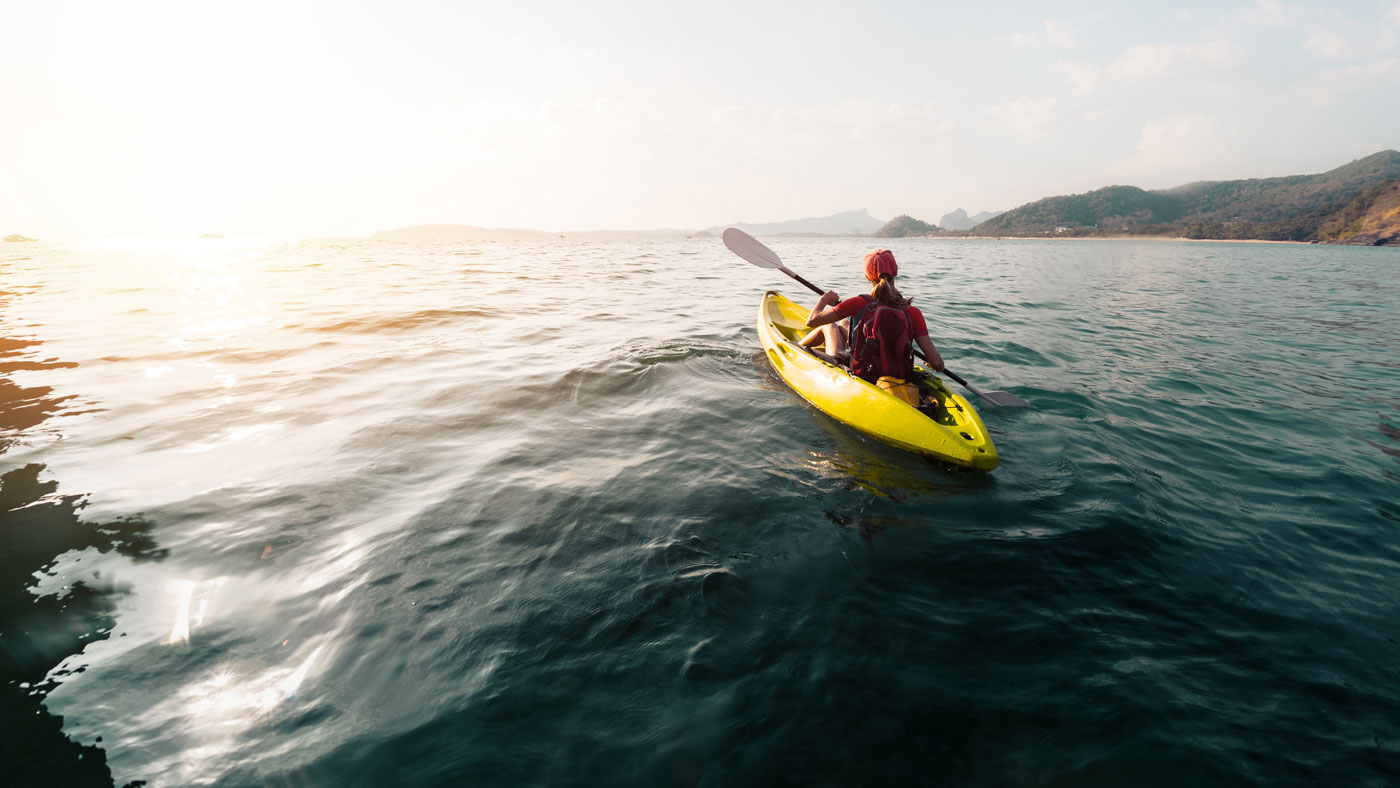
Your protagonist might be uncomfortable embarking on this new and foreign world, but they must set off to find their truth.
From there, the hero sets off on their journey, entering a new world of exploration on the quest to obtain their ultimate goal. The higher the stakes for the purpose, the more interesting the story becomes. A formidable antagonist also makes the story more compelling
Some important stakes include life or death, freedom or imprisonment or maybe exposing some injustice.
To keep the story interesting, make sure the midpoint has a vital scene that raises the stakes of your protagonist’s journey, and the climax that follows the is such that it nearly knocks your hero down so low where they might not be able to get up.
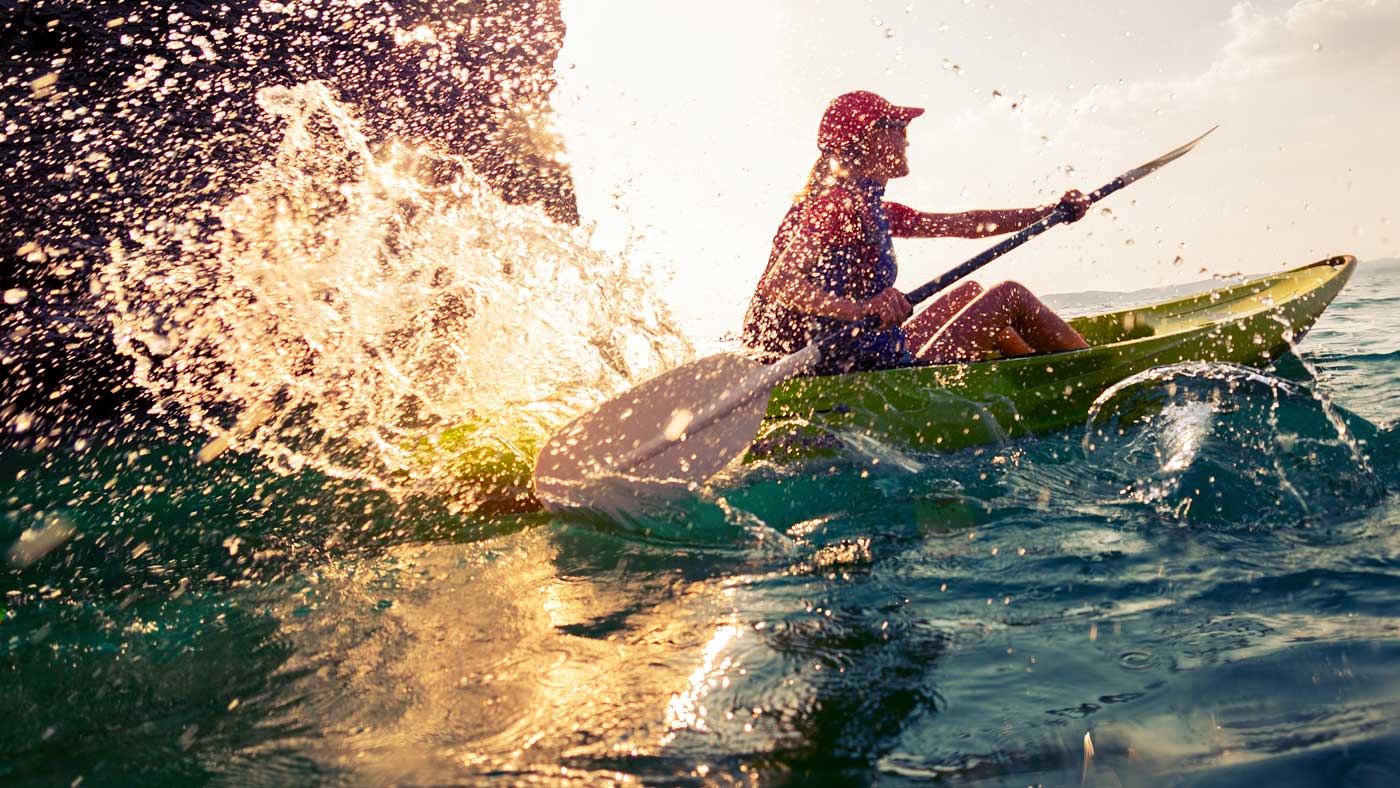
Following all of this action may lead to some resolution showing what your hero learned and how they have grown. Maybe they have achieved their ultimate goal, perhaps not.
Some of you may be thinking, “How can I get all of this on camera for my documentary?” Well, the answer is you can’t!
But if you know what you are looking for, then you can start to understand what pieces of the puzzle are needed to complete the picture. Some documentaries may not follow a traditional narrative arc at all, so there is that too.
Point of view
Documentary film can be told from many different points of view, and there is also a formal name for the different points of view a doc film can take on called the “Six Modes of Production.”
Scottish documentary pioneer John Grierson first coined the term documentary in 1926; he describes documentary as a “creative treatment of actuality.”
Before you set off on your documentary filmmaking journey, you should consider what point of view, or POV, will be most effective for telling the story.
Before you set off on your documentary filmmaking journey, you should consider what point of view, or POV, will be most effective for telling the story.
First person
Many doc filmmakers like Morgan Spurlock, Werner Herzog and Michael Moore made the first person POV famous. POV is more formally known as the Participatory Mode of documentary filmmaking.
The filmmaker usually puts themselves in front of the camera and tells the story from their perspective, embarking on the hero’s journey as the protagonist.
Expository
Another popular mode of documentary filmmaking is the Expository Mode, which relies on heavily researched and archived materials. A film essay is an excellent example of this. These films tend to use archival footage, photos, interviews and a narrator as the voice of God to tell the story.
Ken Burns is arguably the most popular doc filmmaker known for the expository mode. The Final Cut Pro still picture effect, the Ken Burns effect, is named after him.
Observational
Another mode of documentary filmmaking used today is Observational Mode, where a fly on the wall approach is taken with the subject. The camera captures real-life without interruption.
A more contemporary doc filmmaker that successfully uses this approach is Greg Whitely of the popular Netflix series Last Chance U and Cheer.
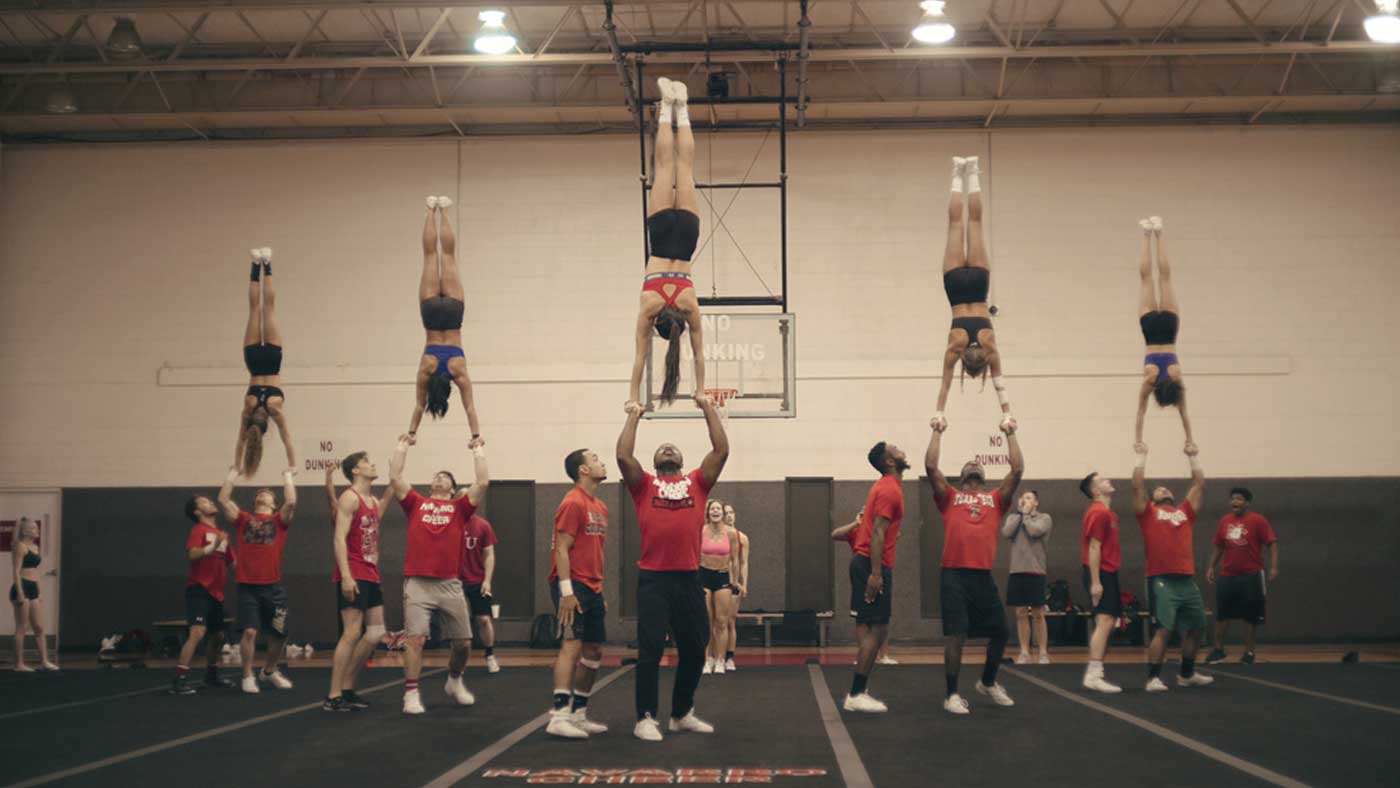
There are other modes of documentary production, as well. Still, an essential idea to be aware of is that most documentaries are a mix of different modes of production, often combining two or more elements to tell the story most effectively.
Narrative style and elements
Now that we have a better understanding of some core documentary elements, such as story and modes of production, we can start the preproduction process.
We want to consider your narrative style and the important aesthetic elements that will make your documentary film stand out.
What you can do with your narrative style and elements greatly depends on your budget and what production resources are available to you.
If you are a micro-budget filmmaker or a first-timer, maybe consider making your documentary with the bare essentials, such as a camera and some sound equipment. Your iPhone could be all the production gear you need.
Maybe you have a small budget that allows you to rent or buy a dynamic low light camera like a Sony a7sii and a Rode shotgun mic. This setup helps raise your production value a bit but also keeps you flexible and small enough to follow a subject anywhere almost anywhere with a one to two-person crew.
Or maybe you are a commercial filmmaker and have a major network like HBO or ESPN backing your production.
Now your aesthetic choices open up quite a bit, and you can consider high-end production equipment, lighting, multiple cameras and boom operators and a post-production team to cut the film.
Other considerations that will go into your narrative style will be how you approach capturing your story.
Will you be using archive footage that is already available?
Will you be gaining unique access to a subject and be able to follow that subject everywhere they go on their journey?
Or will you have to go back to the key players in the story and interview them, then build the story with their sound bites and shoot b-roll?
Maybe you will be the protagonist of your own documentary, filming yourself as you set out to uncover some hidden truth.
Ultimately you should be thinking ahead regarding these different narrative choices and create an outline to guide your production, but always be flexible enough to pivot if the story takes a turn.
Remember, there are pros and cons to all the options listed above. Never let budget, crew size, or equipment be the deciding factor when deciding to make a documentary film.
The process and collecting assets
Each filmmaker has their process and way of doing things, but if I were to give you a quick breakdown of my documentary filmmaking process, it would look something like this.
First, I would come up with an idea of a story I would like to share. It could be about a character I find interesting or a timely story that I have unique access to.
Next, I would find someone to back the project. This process is often the most daunting for any filmmaker in general, and can often be a short-sighted roadblock to ever getting your project off the ground. This person could be a family member, business associate or a network that believes in your vision, who shares your vision and will allocate funds for the production. If you can’t find an investor, then you will have to become a bit more resourceful to get our doc off the ground.
Other preproduction hurdles might include an agreement with the subject of the film and rights to tell their story, a production timeline and a production gear checklist.
At this point, you are ready to begin production on your documentary film.
Media capture will be the focus and bulk of your primary filming, which will occur via interviews, b-roll footage and collection of archival materials.
It is wise to have a solid production plan in hand before setting off on your documentary journey to know what you are looking for.
After primary production is wrapped, you may have to go back for reshoots, but don’t worry; this is all a part of the documentary filmmaking process.
It is imperative to have a decent idea of how story structure works ahead of time so you will be aware of the missing puzzle pieces needed to complete the picture.
Once you feel you have all the pieces of the puzzle in hand, it’s time to organize them. This takes us to the most critical phase of the documentary filmmaking process, the edit.
Editing
The edit is truly where the picture will come together.
The way I like to organize the edit is first to back up all of the media collected on an external hard drive and put it some place safe. Please do not skip this step.

Next, import all of the media collected during production into the digital editor. I use Final Pro and skim through the footage to get a feel for what’s available and what might need to be collected before the end of the project.
Then, I start to create a backbone for the story structure of my film.
The backbone will include key parts of the narrative arc like the setup, the protagonist’s introduction and world, the departure onto the hero’s journey, obstacles and midpoint, climax and finally, a resolution.
If I feel like I’m missing any of these flagship points in the edit, I might consider going back to film or finding the missing piece of media somewhere on the internet.
Once the general edit has been established, it’s then time to dig back in and refine the story.
One of the best pieces of advice I have hanging in my wall is when in doubt, cut it out. Essentially this means if a scene is not critical to the story, let it go.
Hopefully the next two words you will be able to say after that is PICTURE LOCK.
After the edit is complete, final post-production jobs will include color and audio correction, sound design, titling and credits.
Distribution
Once your documentary film is completed and ready to be distributed, it’s time to consider a distribution path.
For some, this might mean entering a film festival and premiering your doc for your friends and family.
For others, it might mean uploading it to YouTube and sharing it on their Facebook page.
For some it means handing your film over to an aggregator who makes licensing deals on your behalf to distribution companies. (I don’t recommend this option if you are able to get to the option below.)
Finally, for the lucky few doc filmmakers, you may turn your project into your executive producer at Netflix or Hulu.
Or another good position to be in is to have your film repped by a documentary sales agent.
Some reputable doc sales agents include companies like Submarine, Dogwoof or Cinetic media. If you can get your film signed to a major sales agent, it is likely they will be able to license your film to some of the more prominent players in the doc space. This will get you a valuable licensing deal and distribute your film to a broad audience worldwide.
The bottom line
The bottom line is this; making a documentary film is not for the faint of heart. I will leave you with a quote by the legendary doc filmmaking icon Werner Herzog:
“Get used to the bear behind you!”
If you can be comfortable with being uncomfortable, then maybe you to can get your documentary film made!

